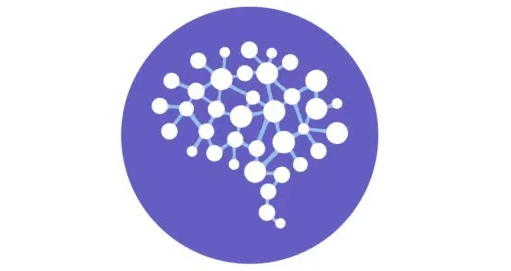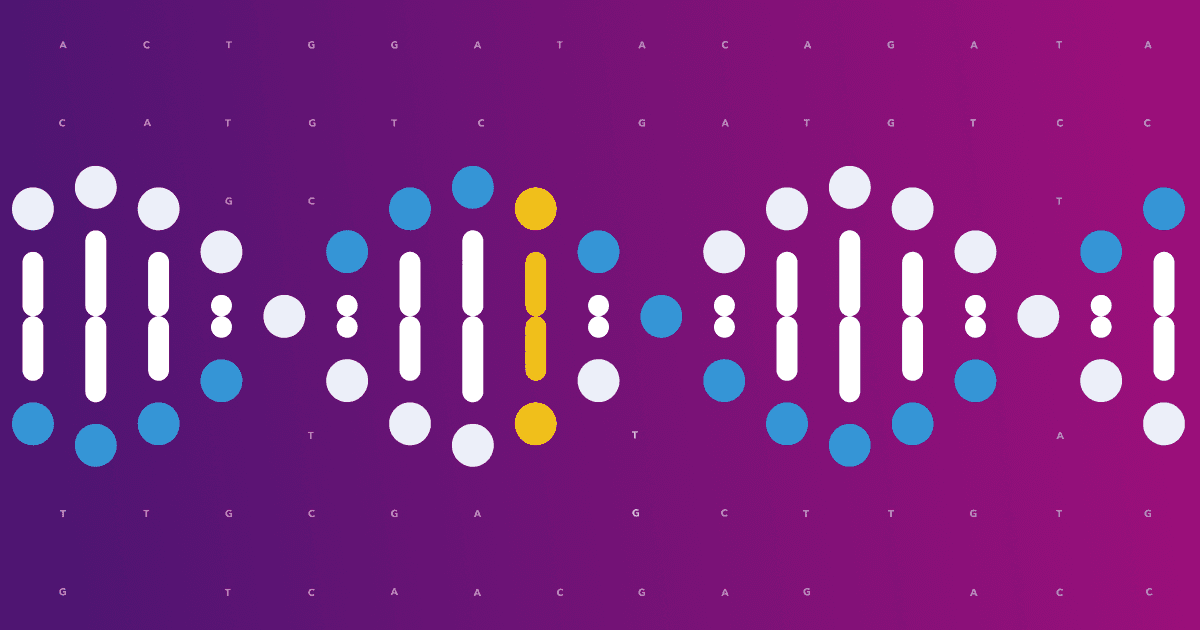A new 23andMe genetic study identified a rare variant among people of Puerto Rican ancestry that confers a more than 12-fold increase in the risk of cataracts. The rare variant is also associated with a 13-year earlier onset for the condition that leads to clouding of the eye’s lens and vision loss.

Diversity in Research
The study, published in the preprint server MedRxiv, highlights the importance of genetic research in historically underrepresented populations.
Veera M. Rajagopal, Ph. D., a scientist specializing in genetics and drug target discovery in neuroscience and psychiatry, said the study offered hope for leveraging this data for insights into other underrepresented populations.
“Thanks to the diversity of the 23andMe research participants, the researchers were able to make this discovery without even having to fly to the Caribbean Islands and genotype its inhabitants,” Rajagopal said on social media. “With the rapidly growing genomic biobanks, more such discoveries will unfold in the coming years.”
A Rare Variant
The 23andMe scientists Jingchunzi Shi and Suyash Shringarpure led the study. They identified a variant in the gene ITGA6 associated with cataracts. The ITGA6 gene is expressed in eye tissue.
For this study, the researchers gathered data from about 45,000 23andMe customers of Puerto Rican ancestry. All of these individuals had consented to participate in research. 23andMe’s cohort is among the world’s largest Puerto Rican genetic research cohorts.
Imputation
Before beginning their genome-wide association study, the scientists conducted whole genome sequencing of 500 individuals from the cohort. They then used that data to create an imputation reference panel. This consists of genome-wide variation discovered through the whole-genome sequencing of these 500 individuals.
Researchers often use such reference panels to perform genotype imputation. Genotype imputation is the process of inferring genotypes at many of the areas in the genome not captured on genotyping arrays. Like a code breaker filling in missing letters in a message, scientists use algorithms and data from a whole-genome sequenced reference panel to predict or “impute” the missing letters of genetic data. This allows large-scale genetic studies to expand the number of genetic variants that can be analyzed.
Data from the remainder of the more than 45,000 23andMe research participants in this study comes from genotyping. But the scientists were able to use an imputation reference panel to improve the power of their research, imputing areas in the genome not captured through genotyping alone. This approach is both a cost-effective and efficient way to increase the power of genomic coverage for populations not currently well-represented in research.
Population Bottleneck
The researchers looked at the global distribution of the variant. They found it exceedingly rare except among Puerto Rican and North African populations. The paper tracks a possible pathway for the variant. The researchers describe the migration of North African people to the Canary Islands and migration from the Canary Islands to Puerto Rico.
In addition, because a small population initially reached the island, and then that population was isolated over several generations it may have led to what geneticists call a “population bottleneck.”
Disease, geographic isolation, migration, or persecution, can all create population bottlenecks. That isolation and a sudden decline in the population limit genetic diversity within a group. Over several generations, in the case of Puerto Rico, 8-12 generations, can lead to distinct genetic differences. This in turn can increase incidences of genetic conditions.
The study still needs to go through a review before publication. Still, the study offers proof of the importance of studying populations of various ethnicities. 23andMe scientists hope that the findings can be replicated in another cohort and that, ultimately, the insights could help ongoing research into cataracts.




